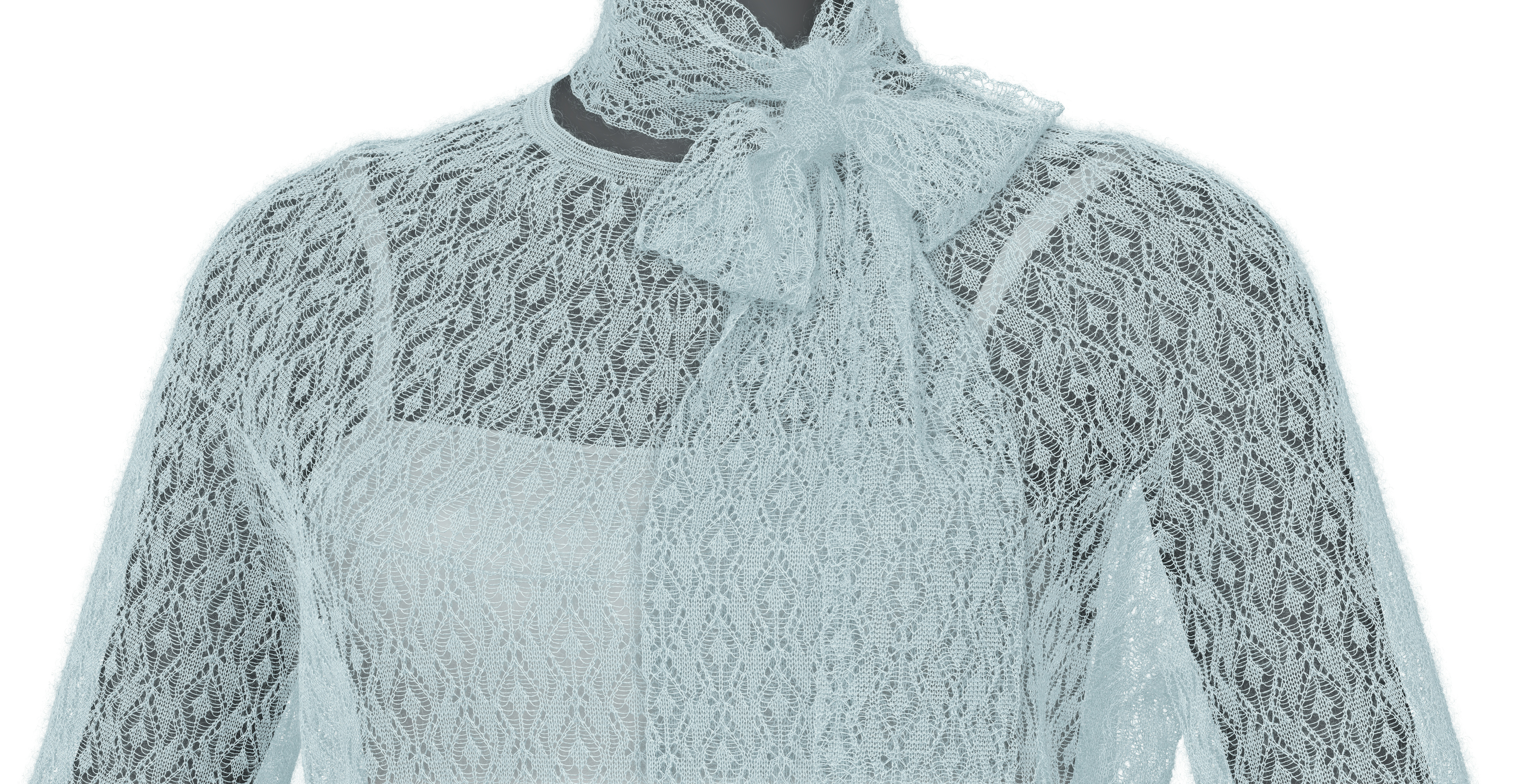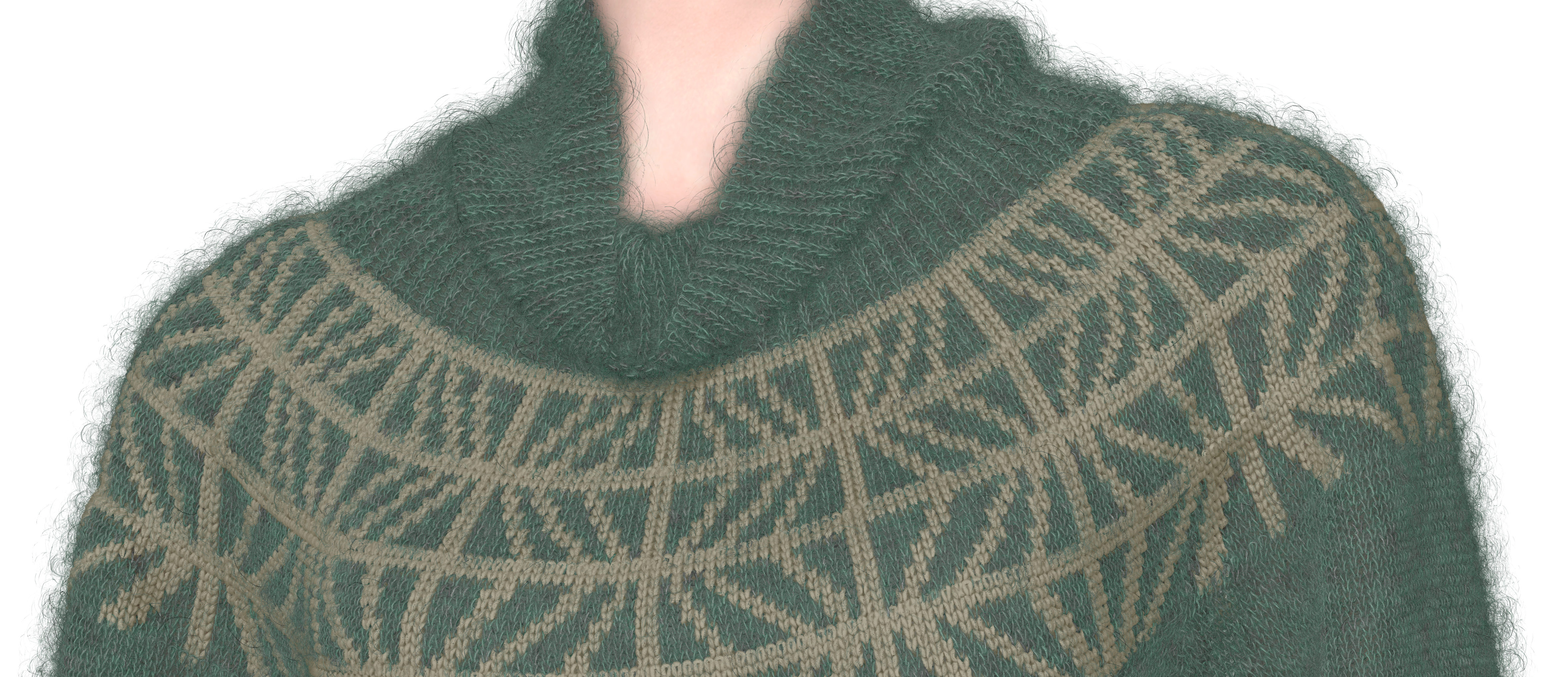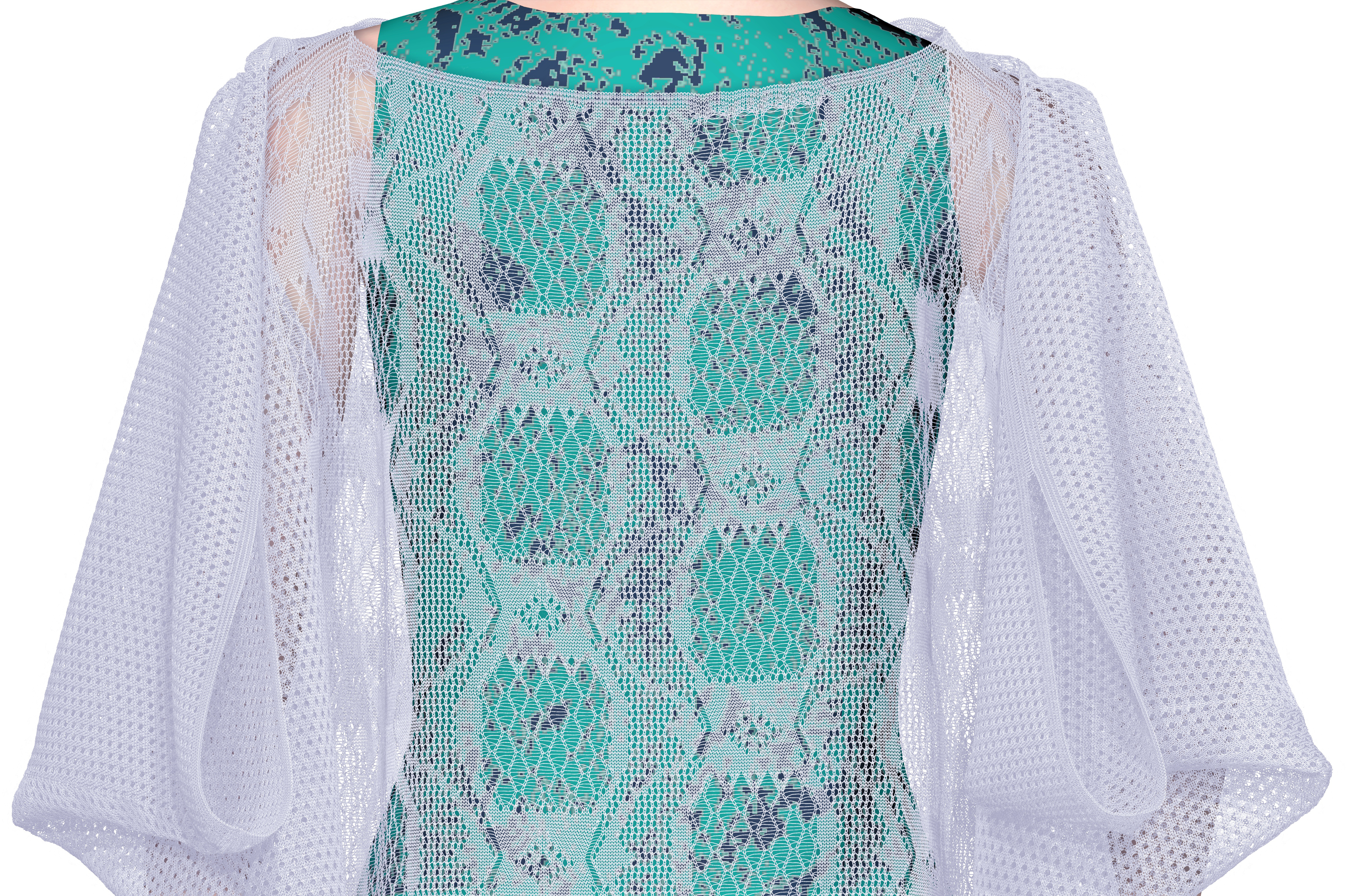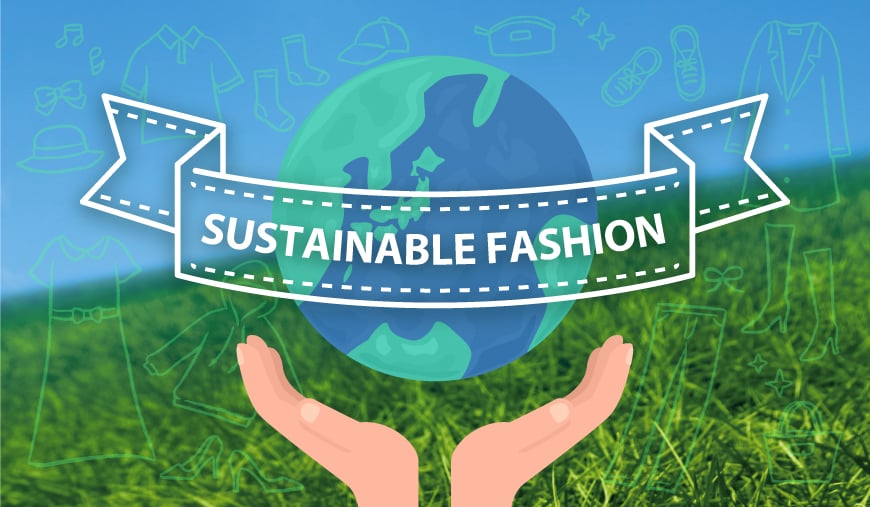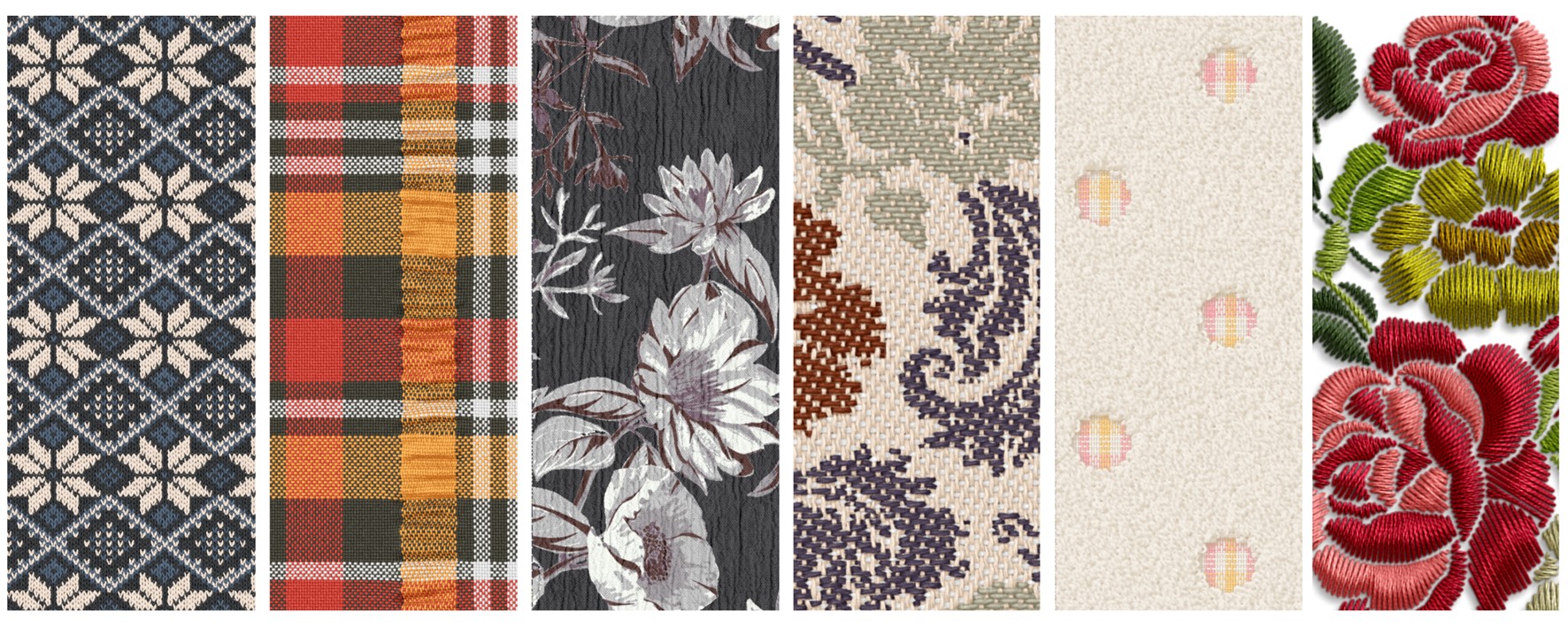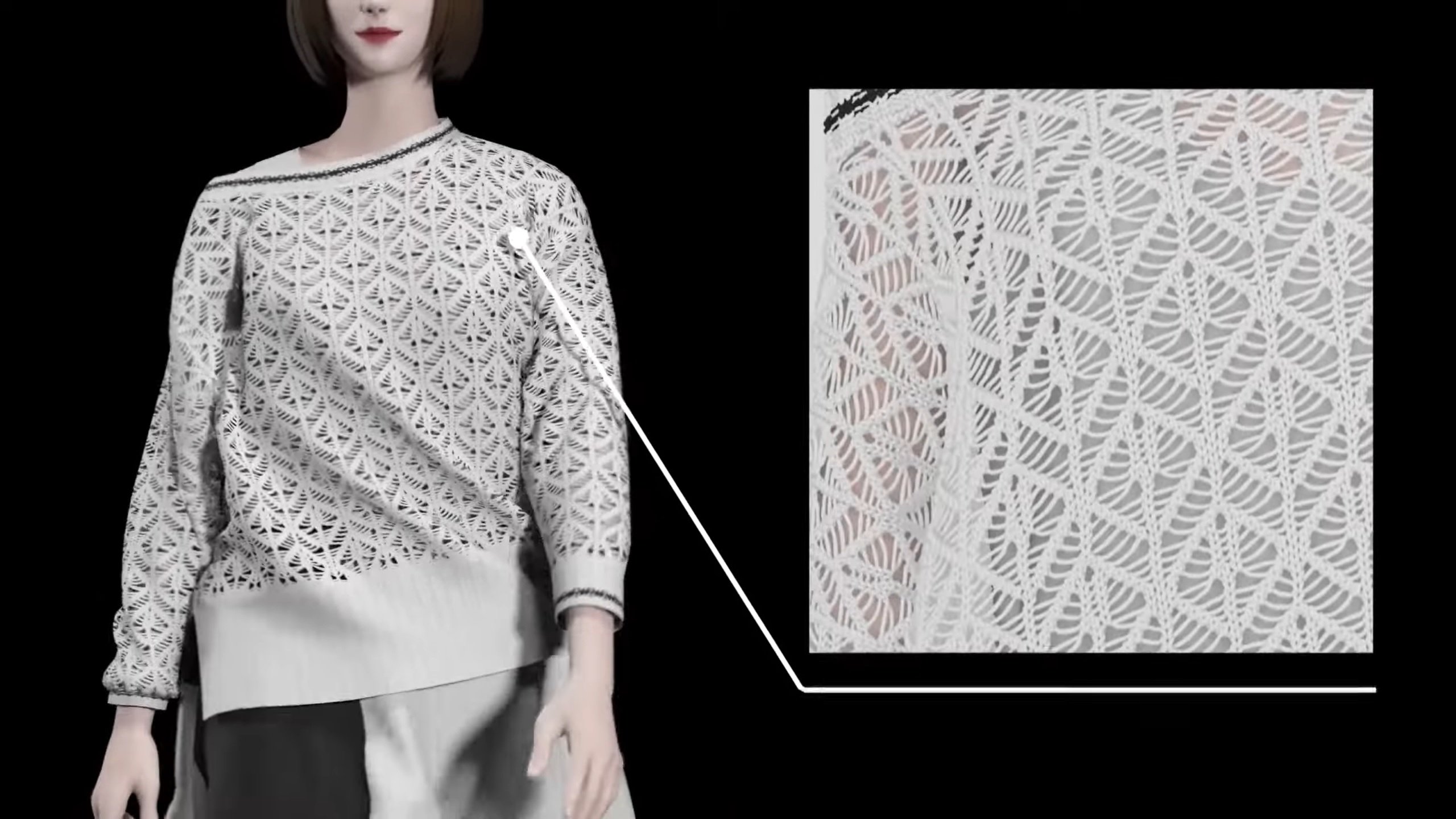Hello, everyone. Welcome to wearware, your go-to site for shaping the future of the fashion and apparel industry.
The term "sustainable" has become increasingly common in our everyday lives. Numerous initiatives in various industries are underway for achieving a sustainable society, and the fashion industry is no exception. But even if you wish to contribute, may not know exactly what to do. What efforts are apparel companies making? What can we, as individuals, do? If this sounds familiar to you, you are not alone. Here you will find answers to questions about sustainability that you may have wondered about but were too afraid to ask.
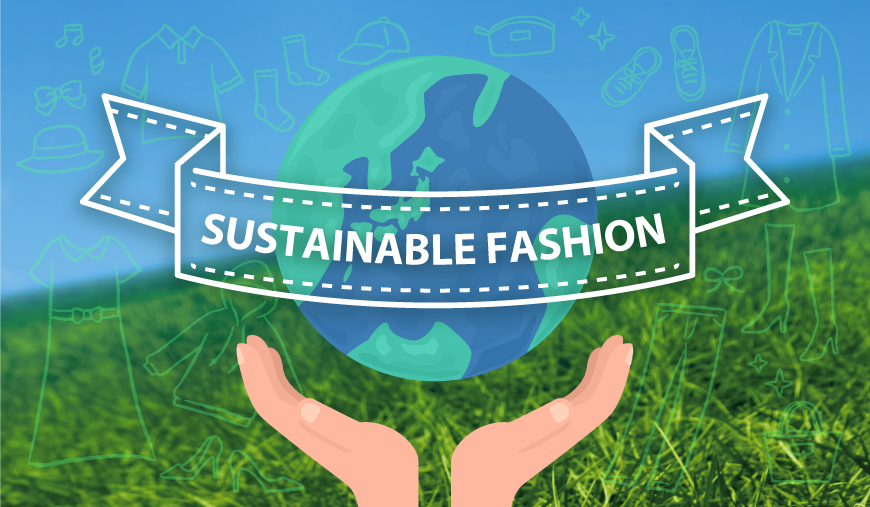
Table of Contents
- What is Sustainable Fashion?
・Sustainability in the Fashion Industry
・What Exactly Are "Sustainable Clothes"?
・How Does Ethical Fashion Differ? - The Dark Side of Fashion
・The Lifecycle of Clothing
・The Environmental Impact of the Fashion Industry - Initiatives for Sustainable Fashion
・What Sustainable Practices Are Apparel Companies Implementing?
・Market Size of Sustainable Fashion
・Consumer Awareness of Sustainable Fashion
・What Can We As Individuals Do? - Sustainable Materials
・What are Sustainable Materials?
・Types of Fabric Materials - Companies and Brands Proposing Sustainable Fashion
- The Future of Sustainable Fashion
What is Sustainable Fashion?
"Sustainable" originally means "capable of being maintained." It's often confused with terms like "eco-friendly" or "good for the planet." A sustainable society aims to protect our natural environments while ensuring that people worldwide can live healthily and safely, continually advancing into the future. And yes, it's our collective duty to strive for this for the sake of passing a viable planet on to the next generation.
Sustainability in the Fashion Industry

The fashion industry, known for its massive production, consumption, and waste, ranks as the second largest polluter after the oil industry. To achieve a sustainable society, it's crucial to transform how this industry operates quickly.
Thinking about the Sustainable Development Goals (SDGs) from a fashion perspective, Goal 12, "Responsible Consumption and Production," is particularly relevant. On the supplier side, more companies are questioning whether producing clothes in such quantities and by such methods is acceptable. On the consumer side, people are moving away from merely chasing trends and throwing away clothes, towards being mindful of how their clothes are made.
What Exactly Are "Sustainable Clothes"?

Many people might wonder what exactly makes clothes sustainable. Garments must fulfill several conditions in order to be called "sustainable," such as use of materials that have lower environmental impact, like recycled fibers, and are made under fair working conditions, and transacted under fair trade agreement. In other words, they are fashion items whose production can be sustained from start to finish, and may simply be described as "clothes that don’t go out of style and are produced and traded in a fair manner." Even fast fashion brands are now promoting sustainability, challenging the industry’s traditional model of high volume production and consumption.
How Does Ethical Fashion Differ?
The term "ethical" often gets mixed up with sustainability but refers to "morally acceptable" practices. Ethical fashion considers social issues like human rights and working conditions of the people making the clothes. While both ethical and sustainable fashion care about preventing exploitative practices like long working hours, low wages, and child labor, ethical fashion places a stronger emphasis on moral and ethical standards.
The Dark Side of Fashion
The fashion industry is fraught with environmental and social issues, including labor rights and human rights abuses. Understanding these problems helps clarify why there is a pressing demand for sustainable fashion today.
The Lifecycle of Clothing
There are five stages, from planning, manufacturing and sales of clothes, to wearing and throwing them away.

The Environmental Impact of the Fashion Industry
At every stage, from planning and manufacturing to sales, usage and disposal, the fashion industry significantly impacts the environment. The global and complex nature of supply chains makes it difficult to grasp the full extent of these issues comprehensively.
At the Planning and Manufacturing Stages
・Mass consumption of material due to sampling during product planning, and mass disposal of sample products
・Water consumption for the cultivation, spinning, and dyeing of cotton, and soil pollution due to pesticides and chemical fertilizers
・Use of petroleum for synthetic fibers and CO2 emissions from factories
・Disposal of raw material such as cotton and surplus fabrics
At the Sales Stage
・Mass disposal due to excess inventory
At the Usage Stage
・Significant consumption of water and electricity due to laundry
・Water pollution from detergents and fabric softeners used during laundry, and microfiber release from washing synthetic fiber
・CO2 emissions from dry cleaning, ironing, and drying
Disposal
・CO2 emissions from incineration
・Soil pollution from the landfilling of synthetic fiber
Transportation
Initiatives for Sustainable Fashion
Have you grasped the challenges surrounding the fashion industry? Next, let's explore the efforts by apparel companies and brands to lead society towards a better future, as well as what we as individuals can do.
What Sustainable Practices Are Apparel Companies Implementing?
Given the rapidly intensifying climate change and the environmental destruction caused by traditional industrial models, companies and brands that do not adopt sustainable practices in their clothing production are increasingly scrutinized by consumers and are being phased out.
Animal-Free

Using animal fur contributes to the destruction of natural ecosystems and the emission of greenhouse gases from livestock. Alternatives such as faux fur, faux leather, and plant-based vegetarian leather have been developed and are being used as substitutes.
Using Recycled Materials

Recycled polyester, made from unnecessary plastics like PET bottles, involves crushing and melting these bottles to recreate polyester fibers through a system known as material recycling. This process maintains the high functionality of polyester while eliminating the need for petroleum-based raw materials and reducing CO2 emissions.
Furthermore, a system known as chemical recycling treats polyester fibers chemically to break them down to the monomer level before regenerating them into fibers. Compared to virgin polyester derived from petroleum, this method can reduce water usage by approximately 60% and CO2 emissions by about 35%. The resulting regenerated fibers maintain high quality and functionality and can be recycled multiple times.
Using Organic Materials

Organic materials cultivated without pesticides or chemical fertilizers reduce environmental damage such as soil pollution and consider the health of the producers, offering a more sustainable and friendly option.
Implementing Fair Trade

Fair trade, meaning 'fair transaction,' addresses a major issue in the fashion industry, where many clothes are produced in developing countries under harsh working conditions. Fair trade ensures that workers can lead dignified lives and earn fair wages by trading products at fair prices.
Made-to-Order Production

Producing goods based on speculation leads to unsold stock and significant environmental impact due to leftover waste. Made-to-order production minimizes resource wastage and associated greenhouse gas emissions and soil pollution due to incineration or landfill.
Incorporating Virtual Sampling
In apparel production, creating a large number of sample products before finalizing for production leads to substantial material use and waste if the products do not go to market. Virtual samples created on computers can reduce the number of discarded garments. These virtual samples can also be used for e-commerce images. By forecasting demand and pre-selling before production, it is possible to keep production volumes optimal and reduce overstock.


Virtual Samples: The Savior of the Apparel and Fashion Industry?
Today, let's dive into the game-changing world of "virtual samples," which is key to making our industry more sustainable by cutting down on sampling time and costs.
For creating virtual samples, the design software APEXFiz is recommended.
Related article

Subscription service for design software that overhauls the supply chain from planning and design to virtual sampling, link to production and even E-Commerce, for fashion and other design-related industries.
View the page
Related Link
Adopting WHOLEGARMENT®
For knit products, using WHOLEGARMENT® technology is effective for achieving sustainable fashion. This technology has the capability of knitting an entire garment in one piece from the machine, eliminating the need for linking or sewing multiple parts together, thereby preventing waste of cut-off fabric. It minimizes yarn waste, effectively utilizing limited resources.
Since the garments are complete when knitted and do not require sewing, it reduces the time from production to delivery. Localized production allows for manufacturing only what is needed when it's needed, reducing dependency on overseas production with harsh labor conditions and cutting down on CO2 emissions and energy consumption during transport. This practice of "local production for local consumption" contributes significantly to sustainability.

Market Size of Sustainable Fashion
According to Business Research Insights, the global sustainable fashion market was valued at approximately $7.021 billion in 2022. It is expected to reach about $12.094 billion by 2028, with a growth rate of approximately 9.49% during the forecast period. Predictions also suggest that by 2030, the market could grow to around $33.05 billion. Sustainable fashion is increasingly gaining traction, especially among the younger generations, and is projected to exceed 6% of the entire fashion market, making it an increasingly vital keyword for companies moving forward.
Reference: Sustainable Fashion Market Size
Consumer Awareness of Sustainable Fashion
We've discussed efforts towards sustainable fashion from the perspective of apparel companies and producers. Now, let's consider the consumers' point of view. A 2020 McKinsey report reveals that a survey of over 2,000 consumers in the UK and Germany, particularly during the COVID-19 crisis, showed a significant rise in interest in sustainable fashion. The survey results indicated that 57% of consumers are willing to change their lifestyle to reduce environmental impact, focusing on recycling and choosing eco-friendly packaging. Moreover, 67% of consumers highly value the use of sustainable materials at the time of purchase, and 63% appreciate brands that promote sustainability. Additionally, 65% plan to buy longer-lasting items post-crisis.
Reference: Survey: Consumer sentiment on sustainability in fashion
What Can We As Individuals Do?
Not just companies and brands on the producer side, but individuals can also undertake numerous actions. By changing our consciousness, we can hopefully improve society and the global environment even slightly.
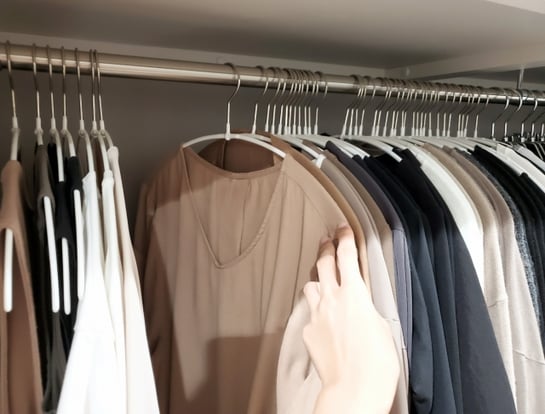
Think Before You Buy
Doesn't everyone have clothes they bought but hardly wear? Review your wardrobe and try to buy clothes only when necessary.
Buy from Companies and Brands That Practice Sustainability
Many companies describe their sustainability efforts on their shop staff or websites. Please refer to the later section on "Sustainable Materials" for more information.
Choose Internationally Certified Products
Select products and materials that are certified by third parties based on strict criteria. Examples include the Global Recycle Standard (GRS) for recycled products, the Global Organic Textile Standard (GOTS) for organic textile materials, and Fair Trade certification for products that are produced under fair trade practices.
Learn more about Fair Trade certification : https://www.fairtrade.net/
Wear Clothes Longer
Reference source : 10 Concerning Fast Fashion Waste Statistics
Of the 100 billion garments produced each year, 92 million tonnes end up in landfills. To put things in perspective, this means that the equivalent of a rubbish truck full of clothes ends up on landfill sites every second. If the trend continues, the number of fast fashion waste is expected to soar up to 134 million tonnes a year by the end of the decade.
As the article quotes, a large amount of clothing is thrown away each year. If everyone wore their clothes just one year longer, we could reduce discarded clothing by a considerable amount annually.
Wash According to Material
Taking care of your clothes properly can extend their lifespan. Using a dedicated laundry net can prevent the release of microplastics that cause marine pollution.
Reuse Instead of Discarding
Systems are in place for easy reuse of clothes, such as thrift shops and online flea market apps. Passing clothes among siblings and friends is also a form of reuse.
Sustainable Materials
We’ve touched on this in the ‘What Sustainable Practices Are Apparel Companies Implementing?’, but let's dive deeper into the specific types of materials being used.

What are Sustainable Materials?
Sustainable materials are those that consider the natural environment and the health of raw material producers, minimizing environmental impact. They generally fall into two categories: natural and recycled materials.
Natural materials can biodegrade and return to the earth, reducing environmental burden. Recycled materials, made from what would otherwise be waste, make the most of limited resources and help reduce air and soil pollution from incineration and landfilling.
Types of Fabric Materials
Recycled Materials
[ Plant-based Recycled Fibers ]
Recycled Cotton
This yarn is crafted from scraps like fallen cotton during spinning or fabric waste from cutting and sewing, which previously would have been discarded. This reduces the water needed for spinning and cuts down on CO2 emissions which otherwise would be required in producing virgin cotton.
Regenerated Cellulose Fibers
These fibers are chemically regenerated from components of plants or wood. Using natural materials makes them biodegradable and less taxing on the environment. Some common types include rayon, cupra, and lyocell.
[Chemically Regenerated Fibers]
Biodegradable Plastics
These plastics break down into water and carbon dioxide through the action of soil or marine microbes and enzymes. Since they don't require incineration, they have a lower environmental impact.
Biomass Plastics
Made from plant-based materials like corn or sugarcane, these plastics don't deplete like petroleum and help reduce CO2 emissions. Some are biodegradable and some are not.
[Other]
Waterless Dyeing Materials
Waterless Dyeing Materials - These materials use a technology that dyes using carbon dioxide instead of water, reducing the amount of water needed and preventing large volumes of wastewater, thus mitigating water pollution.
Natural Materials
Organic Cotton
Even non-organic cotton is biodegradable and gentle on the skin, but conventional cotton farming uses pesticides and chemical fertilizers, which heavily burden the environment and producers. Choosing materials that are beneficial not just for yourself but also for the environment and producers is important. Using Digital yarn sourcing web service "yarnbank®," you can find yarns certified by third-party organizations.
Companies and Brands Proposing Sustainable Fashion
Patagonia
 Headquartered in California, USA, this manufacturer of clothing and outdoor equipment was awarded the United Nations' highest environmental honor, the "UN Champions of the Earth Awards" in 2019. Patagonia is a leader in sustainability, considering environmental and social responsibilities across its entire supply chain.
Headquartered in California, USA, this manufacturer of clothing and outdoor equipment was awarded the United Nations' highest environmental honor, the "UN Champions of the Earth Awards" in 2019. Patagonia is a leader in sustainability, considering environmental and social responsibilities across its entire supply chain.ECOALF
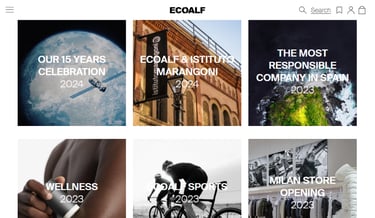
https://ecoalf.com/en-int/pages/historia
GAP
 Based in San Francisco, USA, this clothing brand is comprehensively working towards sustainability, addressing climate, water, waste, the recyclability of garments, employee advancement, and human rights.
Based in San Francisco, USA, this clothing brand is comprehensively working towards sustainability, addressing climate, water, waste, the recyclability of garments, employee advancement, and human rights.https://www.gapinc.com/en-us/values/sustainability
Banana Republic
 A subsidiary of GAP, based in California, USA, this SPA (Specialty Store Retailer of Private Label Apparel) uses sustainable materials like recycled cotton, organic cotton, and regenerated cellulose fibers. The factories have adopted technologies that allow for more than 20% water savings compared to traditional methods and promote the use of safe chemicals.
A subsidiary of GAP, based in California, USA, this SPA (Specialty Store Retailer of Private Label Apparel) uses sustainable materials like recycled cotton, organic cotton, and regenerated cellulose fibers. The factories have adopted technologies that allow for more than 20% water savings compared to traditional methods and promote the use of safe chemicals.https://bananarepublic.gap.com/browse/info.do?cid=1131224
UNIQLO
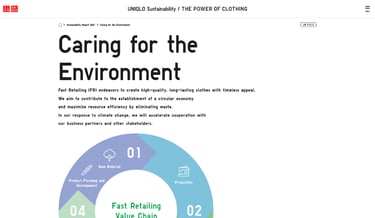 In Japan, Uniqlo is actively shifting towards sustainability. They are implementing numerous initiatives to progress towards a better future for the planet, society, and all individuals.
In Japan, Uniqlo is actively shifting towards sustainability. They are implementing numerous initiatives to progress towards a better future for the planet, society, and all individuals.BAYCREW'S
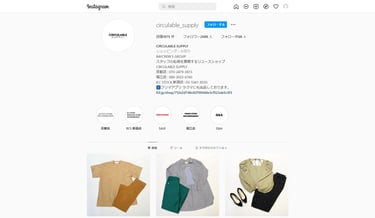 One of the major issues in the fashion industry is the disposal of clothing. A Japanese apparel company Baycrew's operates a reuse shop called "CIRCULABLE SUPPLY," where fashion items owned by staff are recirculated to those who need them, rather than being discarded. https://www.instagram.com/circulable_supply/?hl=ja
One of the major issues in the fashion industry is the disposal of clothing. A Japanese apparel company Baycrew's operates a reuse shop called "CIRCULABLE SUPPLY," where fashion items owned by staff are recirculated to those who need them, rather than being discarded. https://www.instagram.com/circulable_supply/?hl=jaShima Seiki
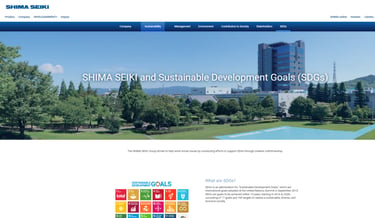 An industrial textile machinery manufacturer that develops, manufactures, and sells the WHOLEGARMENT® knitting machines and the SDS®-ONE APEX series 3D design system for creating virtual samples. They propose sustainable fashion through kind and eco-friendly manufacturing. In 2017, even before sustainability became a widely acclaimed concept, Shima Seiki was advocating for it through its products. Their solutions for the fashion industry, combining WHOLEGARMENT® and virtual sampling, are introduced as advanced Japanese technologies that enable sustainable consumption and production.
An industrial textile machinery manufacturer that develops, manufactures, and sells the WHOLEGARMENT® knitting machines and the SDS®-ONE APEX series 3D design system for creating virtual samples. They propose sustainable fashion through kind and eco-friendly manufacturing. In 2017, even before sustainability became a widely acclaimed concept, Shima Seiki was advocating for it through its products. Their solutions for the fashion industry, combining WHOLEGARMENT® and virtual sampling, are introduced as advanced Japanese technologies that enable sustainable consumption and production.https://www.shimaseiki.com/company/csr/sdgs/
The Future of Sustainable Fashion
Recently, exhibitions themed around sustainability are being held, where materials and fashion items that are organic, recycled, animal-free, and adopt fair-trade are showcased.
Additionally, digital transformation (DX) is essential not only for reducing waste in raw materials and supplies but also as a crucial infrastructure for cutting sample production costs at the design stage, reducing transportation expenses, and enabling more creative work within the industry. For example, there are impressive advancements in the planning and sales of clothing, such as digital technology that allow for the enjoyment of both real and digital fashion simultaneously.
You may wish to consider visiting exhibitions related to sustainability and DX to start thinking about the sustainable fashion options available today.
wearware supports the digitalization of fashion design.
Stay tuned for more updates!
